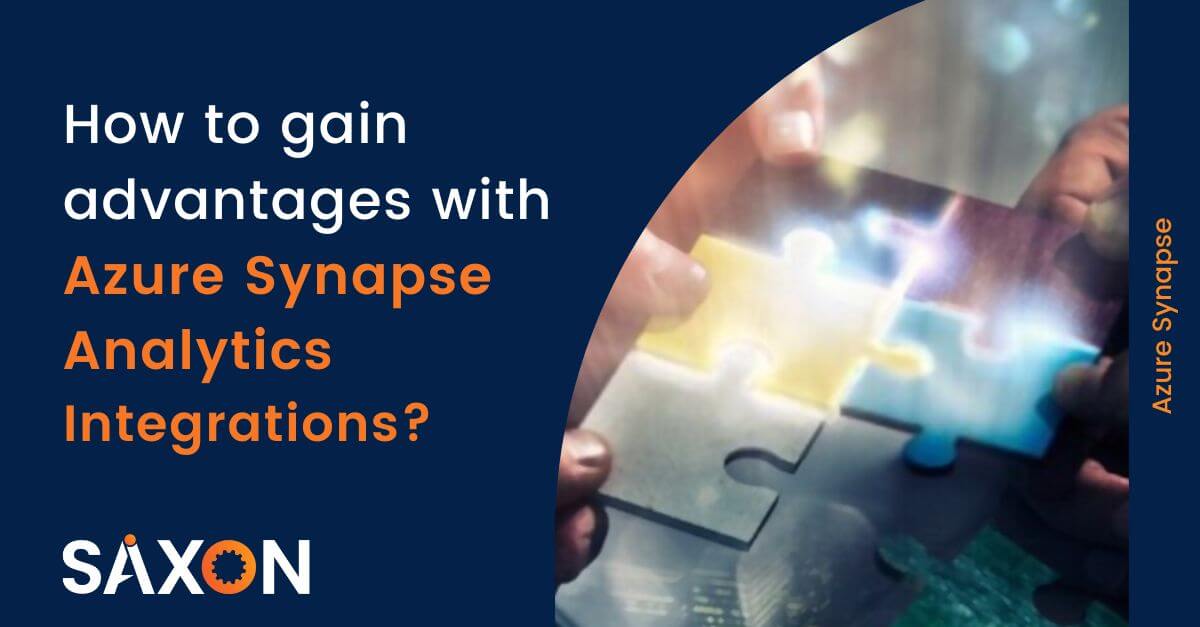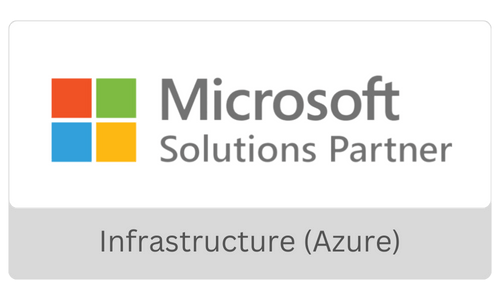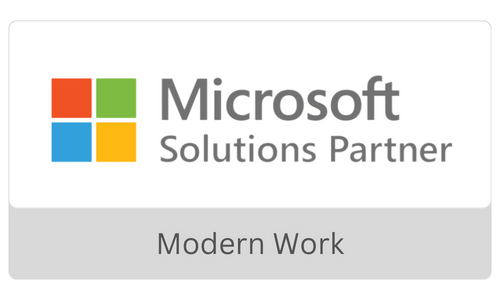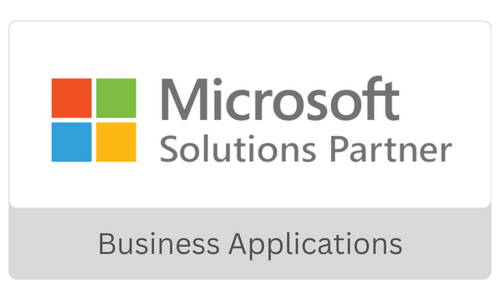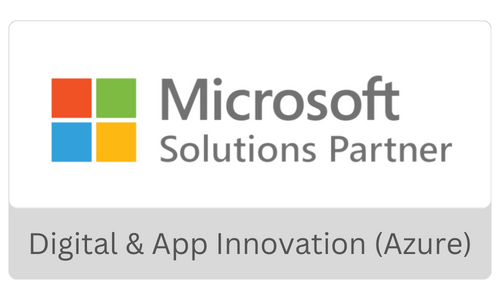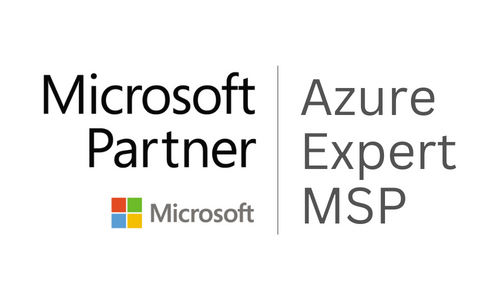Cloud data warehouses became a vital enabler for the shift to advanced analytics and data science in the cloud. Many businesses facing accessibility, Capex, and rapid innovation challenges with on-premise models are rapidly shifting to the cloud. The modern data warehousing trends also show a significant shift to cloud storage and processing. Organizations tend to use multiple cloud-hosted applications like CRM, HR, Finance, and Accounting systems that bring scalability, flexibility, and a single view to all the stakeholders.
How does Azure Synapse Analytics help?
Azure Synapse Analytics is an end-to-end platform that combines data integration, enterprise data warehousing, and big data analytics. Also, it brings in more scalability with serverless and dedicated options to query the data and a separate storage and computing architecture for limitless analytics. Moreover, compared to the traditional data warehouses like Teradata, Netezza, and others, Azure Synapse Analytics offers more agility and flexibility.
All this is possible with Azure Synapse Analytics integrations and the flawless interaction with other data warehouses, business intelligence, and AI solutions. With Azure Synapse Analytics, your data team can create a unified experience for data ingestion, exploration, management, transformation, and serving it for data-driven decisions.
When moving to the cloud data warehouse, are you concerned about tightly integrated first-party services? Azure Synapse Analytics integrations are the core drivers for the platform, while it bundles SQL Massive Parallel Processing, SQL serverless, Spark, and the development of data pipelines in one place.
In this blog, we prefer to highlight a few Azure Synapse Analytics integrations that you may need for most of your deployments.
A few Azure Synapse Analytics Integrations
- Azure Synapse with Azure Storage
Most architects know that Azure Synapse fully integrates with the assigned primary Azure Data Lake Storage account. But, it is a fact that Synapse integrates with any storage account despite being primary or not. This includes Blob Storage containers.
Your data architects may not deal with multiple Synapse accounts and their management and cost overheads. Instead, it enables the Data Zone concept and a data mesh architecture (light weight version)
- Real-time analytics with Cosmos Db and Synapse
Why Cosmos Db? It is a valuable solution for distributed databases with global competencies. Moreover, Cosmos Db easily integrates with Azure Synapse through a versatile feature, Synapse Link. This feature allows you to use a setting in the Cosmos Db container. In turn, you can retain the copy of data in a compressed columnar format in analytical storage, which can optimize analytical queries.
With Synapse, you can seamlessly access this analytical storage with easy access to real-time analytics on operational data. How do you pay for it? You can pay for storage with Cosmos Db and the compute cost to Synapse, which may not impact the workload performance in Cosmos Db.
- Azure Synapse with Azure Stream Analytics
Azure Stream Analytics plays a pivotal role in analyzing the streaming data on the go from Azure Data Lake Storage, Blob Storage, and IoT hub. You can accelerate the streaming solution’s development by using SQL language for querying.
Additionally, Azure Stream Analytics leverages the Synapse SQL Pool table as the target for the streaming query results. It enables organizations to perform near real-time analytics by passing data from the source to a streaming job and a Synapse table. In a nutshell, data teams can aggregate data on the go, perform data scoring in real-time, and enable real-time analysis.
- Synapse with Azure ML
Many organizations expect a sync of Synapse with Azure ML as it is the premier analytics service in Azure. Whether training or scoring, you can leverage Synapse for your Azure ML needs. In turn, it enables ML to work with volumes of data. Synapse also integrates with the ML Flow capabilities through the dataset versioning, experimenting, and modeling.
Moreover, the Spark capabilities are augmented to provide GPU-powered clusters and integration with SynapseML, a new Microsoft ML library.
The accessible GUI options in Synapse allow users to train and score the model from the Synapse workspace environment.
- Azure Synapse and Snowflake
Are you wondering why you need Synapse when you already use Snowflake? Snowpark does not offer the complete capabilities in Apache Spark, which comes with Synapse to augment your Snowflake implementation. Also, Snowpipe does not cover all the scenarios, and Snowflake has limited ETL orchestration capabilities. So it is better to use Synapse pipelines for ETL processing.
Azure Data Lake Storage and Blob storage support Synapse for underlying storage locations of file stages, the concept used to interact with cloud storage in Snowflake.
For querying files directly or defining a schema, Snowflake supports it. You can leverage the Snowpark capability for writing SQL, Python, or Scala to perform either.
Once you complete the computation on Snowflake, you can write back to Azure and then picked up by Synapse Engines. The vice versa also works, enabling collaboration between both of them.
- Databricks and Synapse
Azure Synapse Analytics integrations with Databricks are mainly focused on more transparent interactions in reading and writing to Data Lake storage accounts. Bothe the services share data through a common staging area which allows for maximum flexibility.
The other important reason for the integration is Synapse SQL serverless pool’s ability to support Delta tables. It brings extended capabilities to the Spark tables. Also, supported by Synapse catalogs and a serverless pool, it enables transparent querying through T-SQL. Databricks provides supports interaction with Synapse directly with authentication to the SQL pool.
- Power BI and Synapse
Synapse is not only about data ingestion, transformation, preparation, and management, it brings in new possibilities for visualization and reporting too. You can easily link both your Synapse and Power BI workspaces. Most importantly the dataset refresh would be faster with Power BI and Synapse integration. Power BI has the ability to use an M function to parse Parquet data like the traditional ones. But with this method, dataset refresh is usually slow for non-trivial data. Moreover, the M query is complicated and not very easy to read.
Azure Synapse serverless SQL pool solves this challenge as it defines external tables or views upon data lake folders with Parquet files. Once it is done, you can easily switch the parquet connector in Power BI with the SQL database connector. Synapse will now execute the plain T-SQL statements translated from M and not Power BI. With this, you can refresh your dataset faster. Moreover, the integration offers users to choose serverless SQL pool as a data source to work with enormous volumes of data. We just mentioned a use case with these integrations but there are limitless possibilities unfolded with Synapse and Power BI integration.
- Azure DevOps and Synapse
Synapse is unique in terms of CI/CD abilities and integration with source control. You can link your code artifacts to either Azure DevOps or GitHub. The Synapse GUI provides access to doing any changes and updating new ones directly from the Synapse workspace.
You can bring DevOps capabilities to the data projects easily. It not only enforces versioning but also allows integration with release jobs for new pipeline deployment to the production environment through Azure DevOps pipelines.
Synapse is a limitless service that offers a unique experience in its workspace. It also stands versatile and connected with Azure and other third-party services. Though we only provided the advantages with a few integrations the list is very exhaustive and compelling to create an enterprise data platform. Are you interested to know more? Our experts are just a click away. Contact us for a quick assessment.

